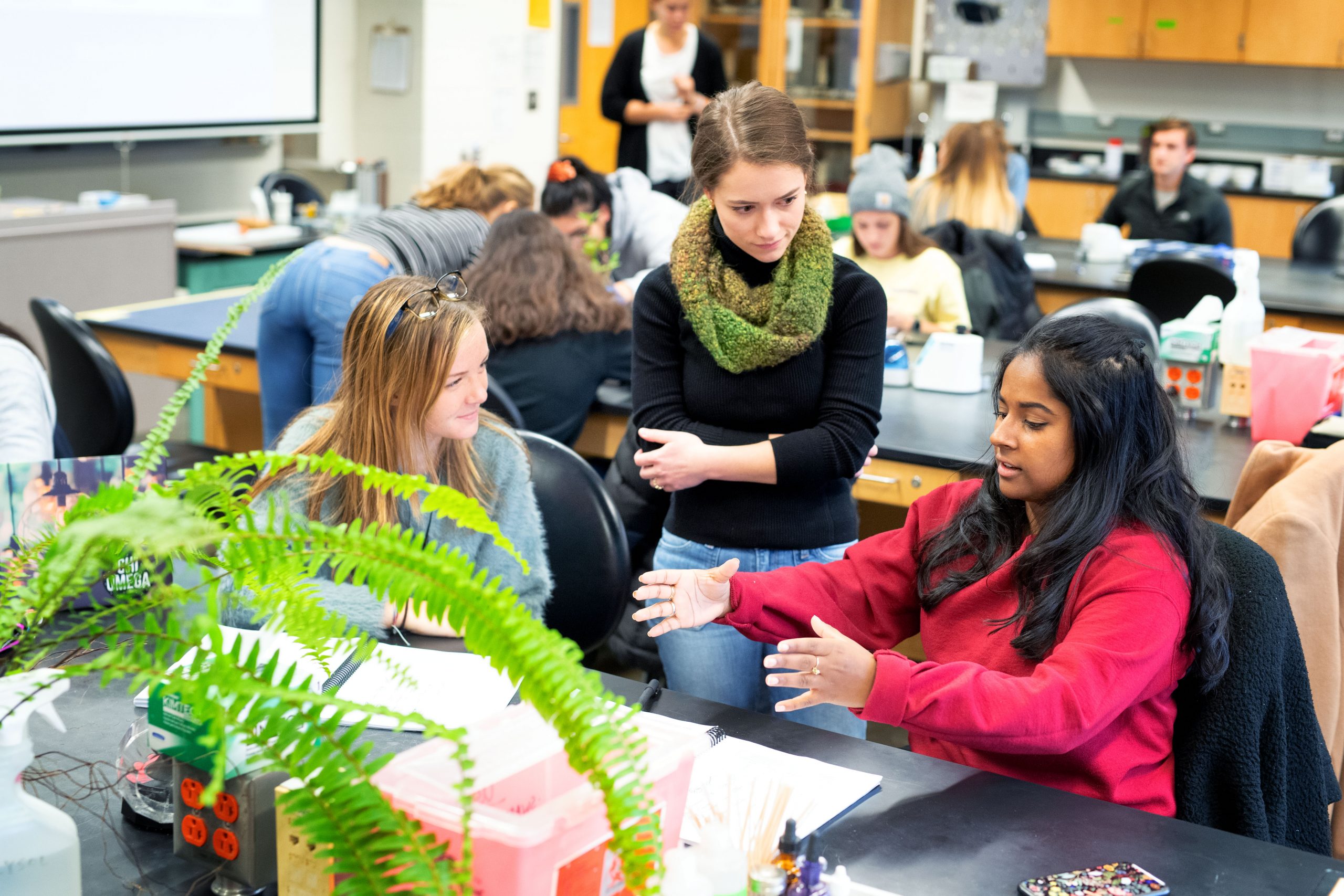18 Inviting students into the learning process

One of the most important things a student can realize in college is that learning is a lifelong process. They must be actively engaged in learning because it requires a commitment to developing and applying critical thinking skills and habits of mind. Studies show that students learn and retain information and skills better if they are actively involved in the learning process. As course designers and leaders, you can support active and engaged learning in various ways. Some of your course objectives could be directly related to the “learning how to learn” dimension of Fink’s taxonomy. This type of course objective could enable students to learn how to use particular kinds of inquiry, become self-directed learners, and analyze their progress as learners (for instance, through self-assessment activities or learning portfolios). This aspect of Fink’s learning taxonomy allows students to engage in higher-order thinking and continue learning effectively after they graduate.
Early in the semester, invite students into the learning process by:
- Being transparent about what you want students to do. You could also share with them how you expect them to prepare for class, approach course content and assessments, take intellectual risks, and participate in class discussion (see Brookfield’s Teaching for Critical Thinking).
- Promoting reflection and dialogue about learning experiences. Encourage students to discuss their most and least productive learning experiences so all students can exchange diverse perspectives. Here are some potential prompts: “I learn well and feel supported when …”, “In the most engaging class I ever had, we did/the instructor did …”, “I feel discouraged as a learner when …”
- Showing your students that having questions and uncertainties is normal. You could introduce your students to the muddiest point activity (Angelo & Cross, 1993), a monitoring technique in which students take a few moments to write down the most difficult or unclear part of the class or materials. The instructor should collect this information and address these points during the next class or have students share and collaborate on these issues in small groups.
- Reminding students of their agency in their own learning. Tell them that you are learning from them as well and that learning is a social activity. Explain that you are a guide in the educational process but that learning is up to them. You could share your own learning experiences and helpful strategies. For example, you could model navigating perfectionist experiences or making mistakes. Sharing how you worked through reviewer comments on a journal article or what you learned from an experiment that initially failed can be helpful, even as you acknowledge how your social identities or privileges impact your experience. Make sure you check in with students during the course and continue to be transparent, reminding them of their agency as learners.
💡 Please reflect:
Reflect on a previous experience of entering a new course as a learner. (It might be that your most recent example is an exercise or hobby-related course.) What steps did the instructor take to establish an environment that supported learning by all students? Were there any steps that were not taken but would have helped you feel more agency over your learning?

Feedback/Errata